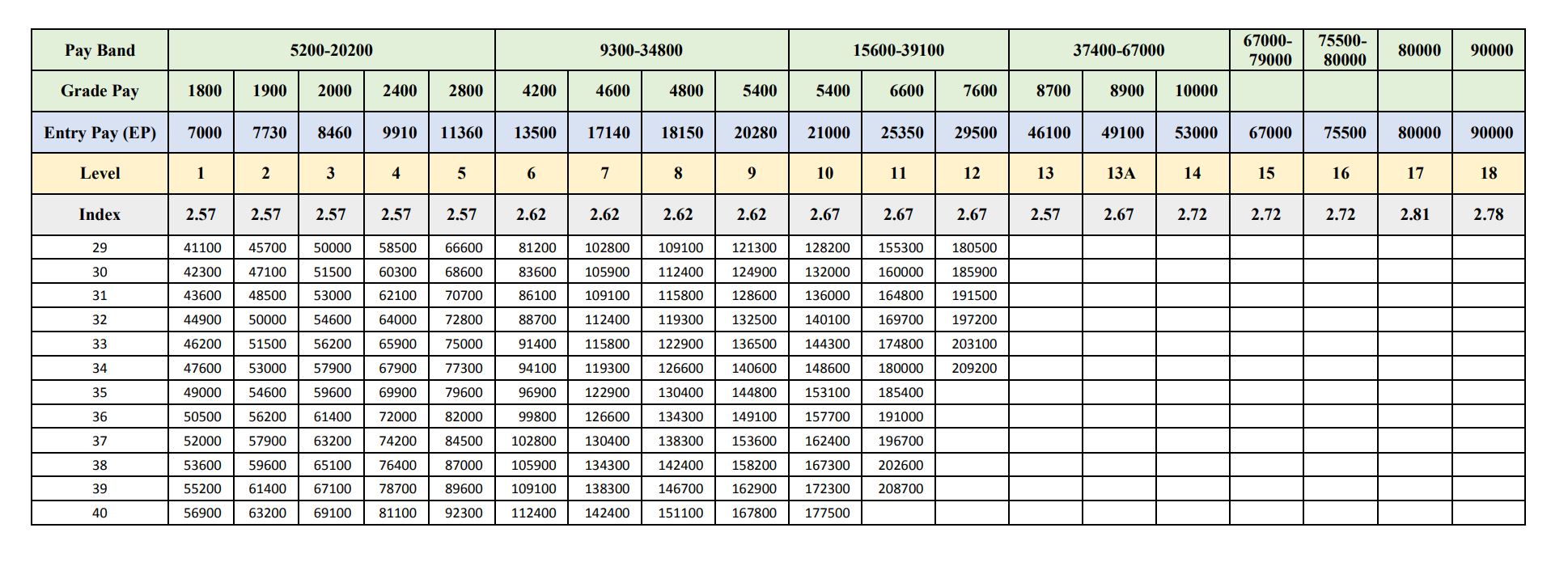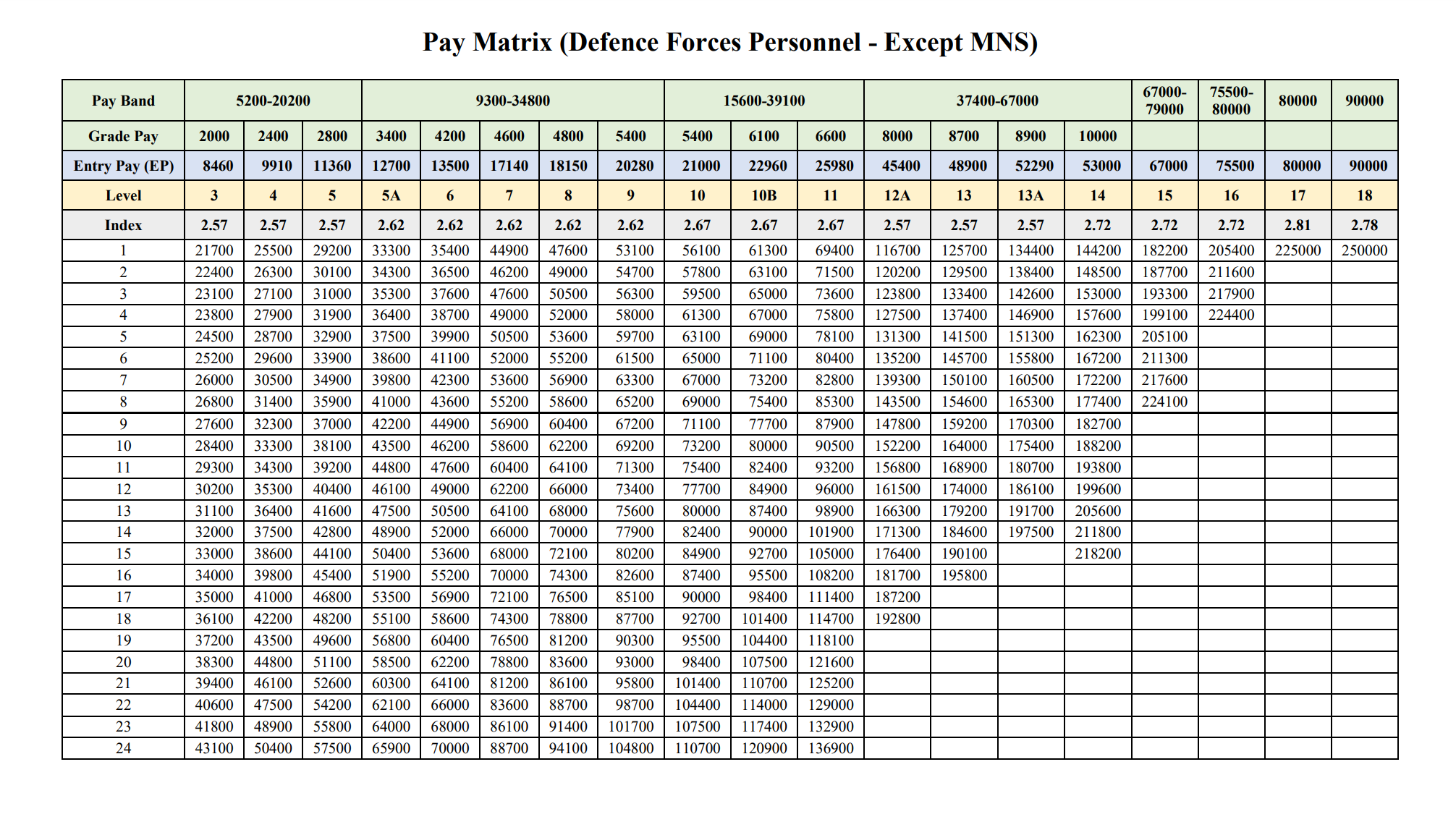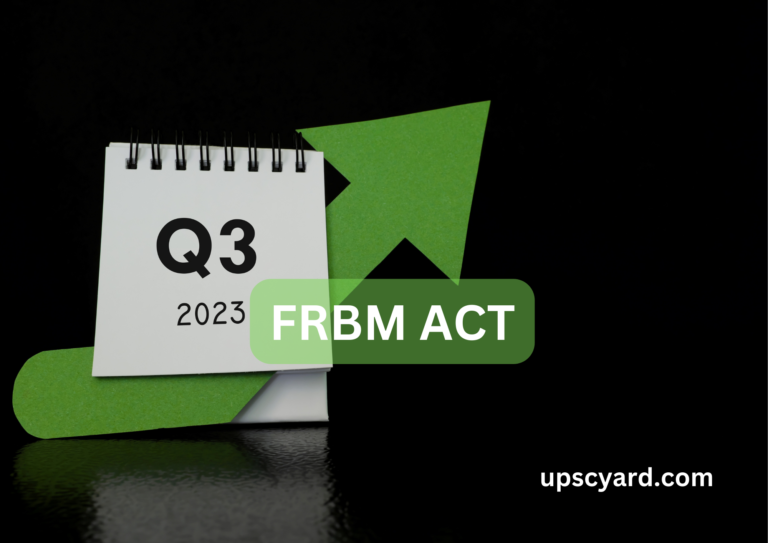A government-established entity known as a Pay Commission is tasked with periodically assessing and proposing adjustments to the compensation packages of public sector employees, including salaries, allowances, and additional perks. These commissions are typically convened at regular intervals, often spanning a decade.
The primary responsibilities of a Pay Commission encompass evaluating several key factors:
- Cost of Living: Assessing the prevailing cost of living to determine the adequacy of current employee compensation.
- Comparative Analysis: Studying government workers’ salary and benefits structures in other nations.
- Private Sector Benchmark: Examining the remuneration packages offered in the private sector to ensure government employees receive competitive compensation.
- Government Financial Resources: Evaluating the government’s financial capacity to implement proposed changes.
- Economic Conditions: Considering broader economic conditions, including inflation rates and overall cost of living.
In India, the most renowned Pay Commission is the “Central Pay Commission” (CPC), which is assigned a specific numerical designation, such as the 7th Central Pay Commission (CPC). The 7th CPC, for instance, was introduced in 2016 and delivered recommendations that directly impacted central government employees’ salary structures and allowances.
Key Aspects
Governments typically establish Pay Commissions at approximately decade-long intervals, with the inaugural commission dating back to 1946. Since India’s independence, seven such commissions have been convened.
The most recent Pay Commission was instituted in 2014, and its suggested revisions were implemented in 2016. Presently, salaries for central government employees and retirees are determined in accordance with the recommendations put forth by the 7th Pay Commission.
It’s essential to note that the government retains the discretion to either endorse or dismiss the recommendations presented by the Pay Commission, as these are not binding mandates. The government holds the authority to make a final decision regarding the proposed adjustments.
7th Pay Commission
The 7th Central Pay Commission (7 CPC) was established in February 2014 to examine the principles and framework governing the compensation of all civilian employees of the central government, including the defence forces in India. On November 19, 2015, the Commission presented its findings. These recommendations would impact the structure, ranks, salaries, allowances, and pensions of 13,86,171 armed forces personnel.
Key Points
New Pay Structure: To address concerns regarding the Grade Pay system and enhance transparency, the existing pay bands, and grade pay have been eliminated, and a fresh pay matrix has been introduced. The grade pay has been integrated into this new pay matrix.
Minimum Pay: According to the Aykroyd formula, the recommended minimum pay for government employees stands at ₹18,000 per month.
Annual Increment: The annual increment rate remains unchanged at 3 percent.
Maximum Pay: The apex scale sees a maximum pay of ₹2,25,000 per month, while the Cabinet Secretary and others in the same pay bracket receive a maximum of ₹2,50,000 per month.
New Pension System (NPS): The Commission received numerous concerns regarding the New Pension System (NPS) and has proposed several measures to enhance its operation. Furthermore, it has recommended the establishment of a robust grievance redressal system.
Dearness Allowance (DA): The current rate of Dearness Allowance (DA) is determined based on the recommendations of the 7th Pay Commission. DA is an allowance the government provides to its employees and pensioners to counteract the effects of inflation. Given the rising cost of living, government employees’ effective salaries must undergo regular increments to help them manage their expenses. The calculation of DA relies on the All-India Consumer Price Index over the preceding 12 months.
Report of the Seventh Central Pay Commission
Pay Matrix (Civilian Employees)


Pay Matrix (Defence Forces Personnel – Except MNS)

Pay Matrix (MNS)

What Could We Expect From 8th Pay Commission
Queries regarding establishing the 8th Central Pay Commission, tasked with assessing the remuneration, allowances, and pensions for Central Government employees and retirees, were answered in Parliament by Shri Pankaj Chaudhary, Minister of State for Finance.
The upcoming Lok Sabha elections in 2024 are expected to bring significant developments for central personnel. While the government has not officially announced the formation of the 8th Pay Commission, there are speculations that it might be established in 2024, coinciding with the elections. If this speculation holds, the effects of the 8th Pay Commission may become apparent in 2025 or 2026, potentially leading to a substantial salary increase for central employees.
Building upon the changes introduced by the 7th Pay Commission, the 8th Pay Commission is anticipated to introduce further adjustments. It is projected that the 8th commission will be constituted in 2024, with its recommendations taking effect from January 1, 2026. You can use our pay scale estimator to estimate your new income bracket, considering the possibility of a 25 percent increase in retirement benefits.




